
How to find your way to a sustainable campsite
28 February, 2020
We’re all becoming more environmentally conscious. Windmills, solar panels and electric cars: human beings have understood that it is now time to start treasuring our planet. And the type of human being that likes camping is especially aware of this. Because us campers want to be able to continue enjoying the beautiful nature around us! But are campsites working to make themselves more sustainable? I checked out various campsites to see how sustainable the camping business is in 2020. And how guests can easily find a sustainable campsite.
Yes, we care!
Let’s get right to it: there are tons of campsites that are working on sustainability in one way or another. From a smart sensor for the light in the toilet blocks to water-saving taps. And from separating waste to using environmentally friendly cleaning agents. There are many relatively simple ways to improve sustainability and campsites are doing so en masse. Take a look at these examples of sustainable campsites:
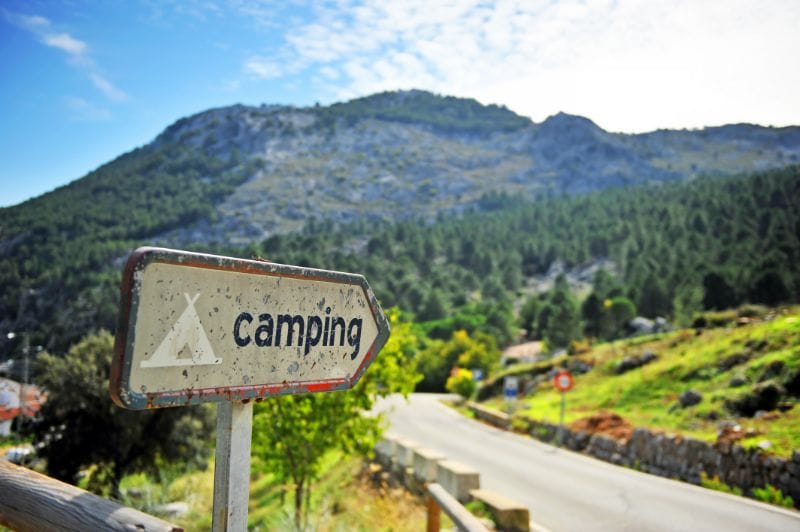
More and more campsites are working towards becoming more sustainable.
Under the Croatian sun
Some places have plenty of sunshine. Croatia is one of those places. At Zaton Holiday Resort – a very luxurious, large campsite on the Adriatic coast – they put their sunshine to good use. For example, solar energy is used for heating the water consumed on the campsite. And that doesn’t only mean the water that comes out of the showers and the taps, it means the entire water park. This campsite doesn’t only have a heavenly beach, it also boasts seven different swimming pools with slides and fun play equipment for children.
Saving water
The south of Europe does not always have an abundance of water. So when there is finally some rain, it makes sense to save some water for later! At Campsite Cisano/San Vito, they have understood this. This campsite stores its rainwater. This water is then used, for example, for watering the plants. At this lively campsite – equipped with many facilities and situated directly on Lake Garda – they pay close attention to water consumption in general; a water-saving flushing system has also been installed in the toilets.
Regional products
Another nice example of sustainable management can be found at Campofelice Village. At this quality campsite on Lake Maggiore – generally considered to be one of the best in Switzerland – they put together the menu based on products from the region. Not only because the products are so tasty (which of course they are), but also because of their sustainability. The use of regional products saves a lot of transport kilometres to supply the campsite.
CO2-neutral camping
Of course, there’s always the one that does it best of all, and as far as I’m concerned, that honour goes to Jesolo International Club Campsite. This campsite near Venice has been completely renovated to be CO2-neutral. The campsite uses green energy, LED lights and efficient heat pumps. All accommodations are well insulated and electric cars have been purchased for transport on and around the park. There are solar panels on the roofs of supermarkets, offices and toilet blocks and even the boat trips to Venice are by electric boat.
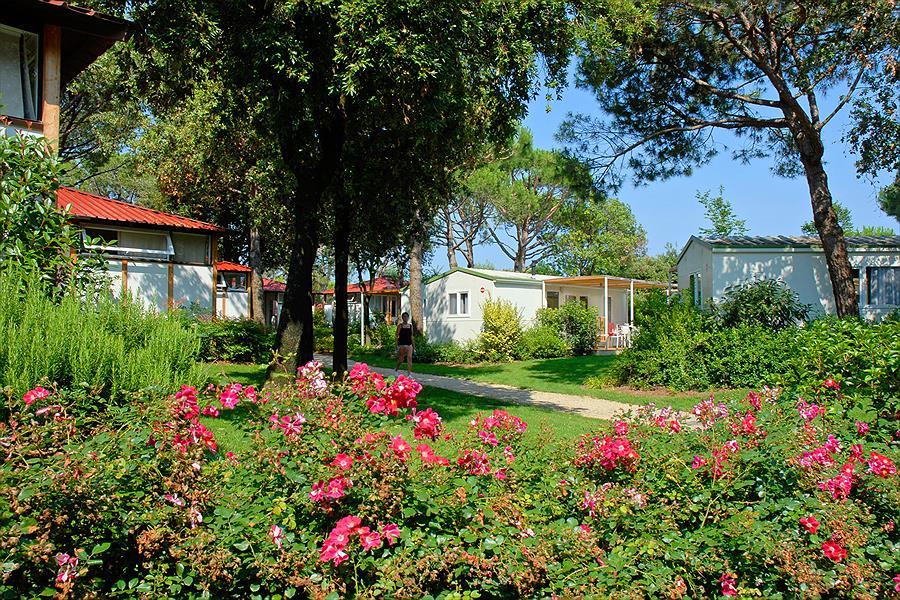
Jesolo International Club Campsite is CO2-neutral.
Of course there are still some unavoidable emissions, but instead of 450,000 kilos of CO2 in 2008, the campsite now emits only 55,000 kilos of CO2 annually. These emissions are then offset by the energy that the campsite itself generates and returns to the grid.
Green Keys and Blue Flags
Is sustainable camping high on your list of priorities? Then you probably want to know in advance if the campsite is environmentally friendly. Luckily, that’s not difficult to find out. On Eurocampings.co.uk you can filter on ecological campsites. These campsites are certified by a special quality mark such as the Green Key. This way you can be sure that you are staying at a sustainable campsite, because getting a certificate like that isn’t easy. You have to do a little more than just screw in a few LED light bulbs. If you are looking for a sustainable holiday, pay attention to the following quality marks:
Ecolabel
The ecolabel is awarded by the EU to products or organisations that, among other things, are economical with water and energy, reduce their waste and provide information on nature and the environment.
Green Key
This is the international quality mark for sustainable businesses in the recreation and leisure sector. Campsites are also included. In order to obtain a Green Key certificate, the campsite must meet the following Green Key standards.
Blue Flag
Beaches with a Blue Flag stand for clean water, a clean coast, safety and access for everyone. That means this certificate cannot be obtained by the campsite itself, but it can be held by the (adjacent) beach.
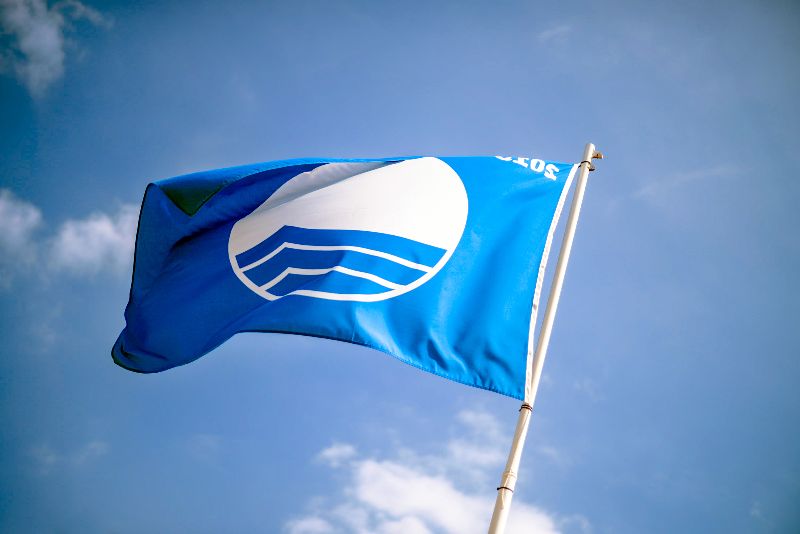
If you see this flag, that means the beach meets the criteria for a Blue Flag certificate.
Sustainable camping: what you can do
So now you know what to keep in mind when looking for a sustainable campsite. But once there, of course, you shouldn’t leave your waste lying around, because then all the well-meaning initiatives of the campsite will have been in vain. As a campsite guest, you should also do your part. Because although camping in itself is already a sustainable form of holidaying – the CO2 emissions of an average camping holiday are much lower than the emissions of an all-inclusive flying holiday – there is always room for improvement. There are plenty of tips for sustainable camping out there; why not read some and start today!
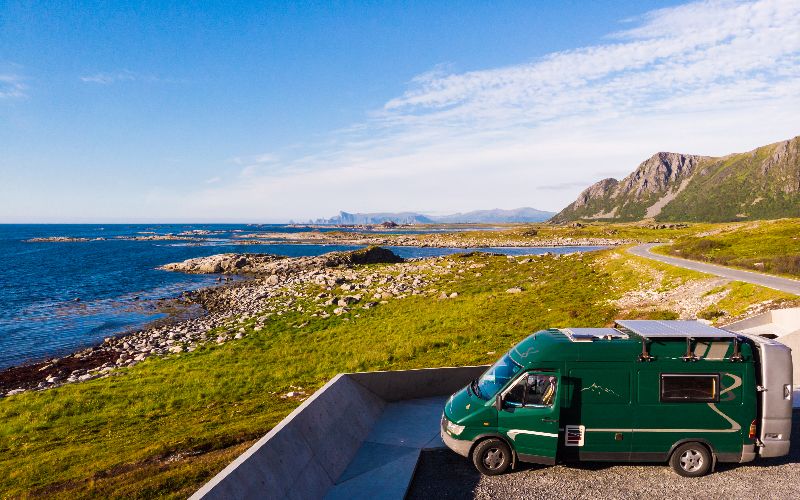
One way to achieve more sustainable camping is by installing solar panels on the roof of your camper.
Find your sustainable campsite
There are plenty of sustainable campsites out there. On Eurocampings.eu alone you will find more than a thousand! And then there are plenty of Great Little Campsites or natural camping grounds which are also very ecologically and sustainably minded. More inspiration can be found, for example, in Jeroen’s blog, which talks about sustainable camping in the Auvergne. Or take a look at the campsites below:



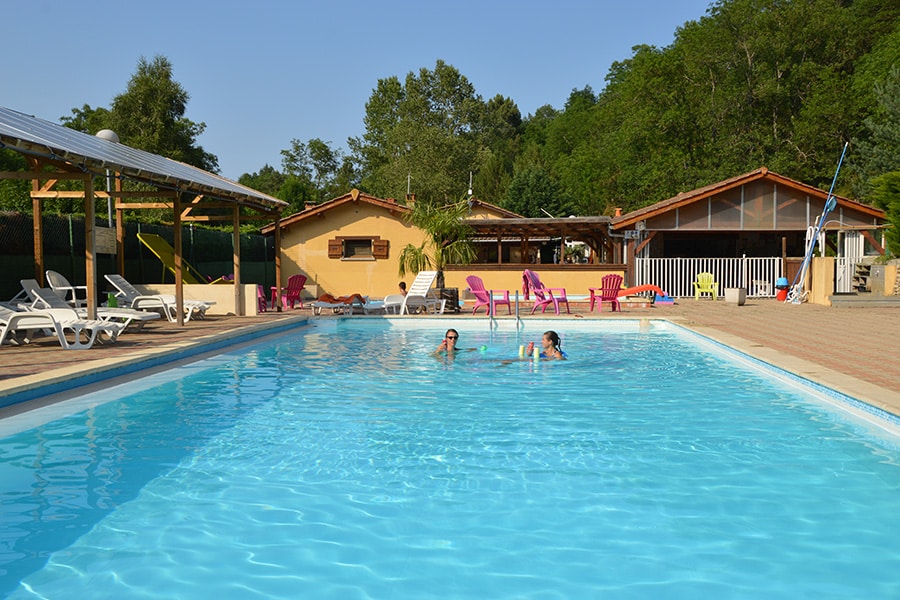


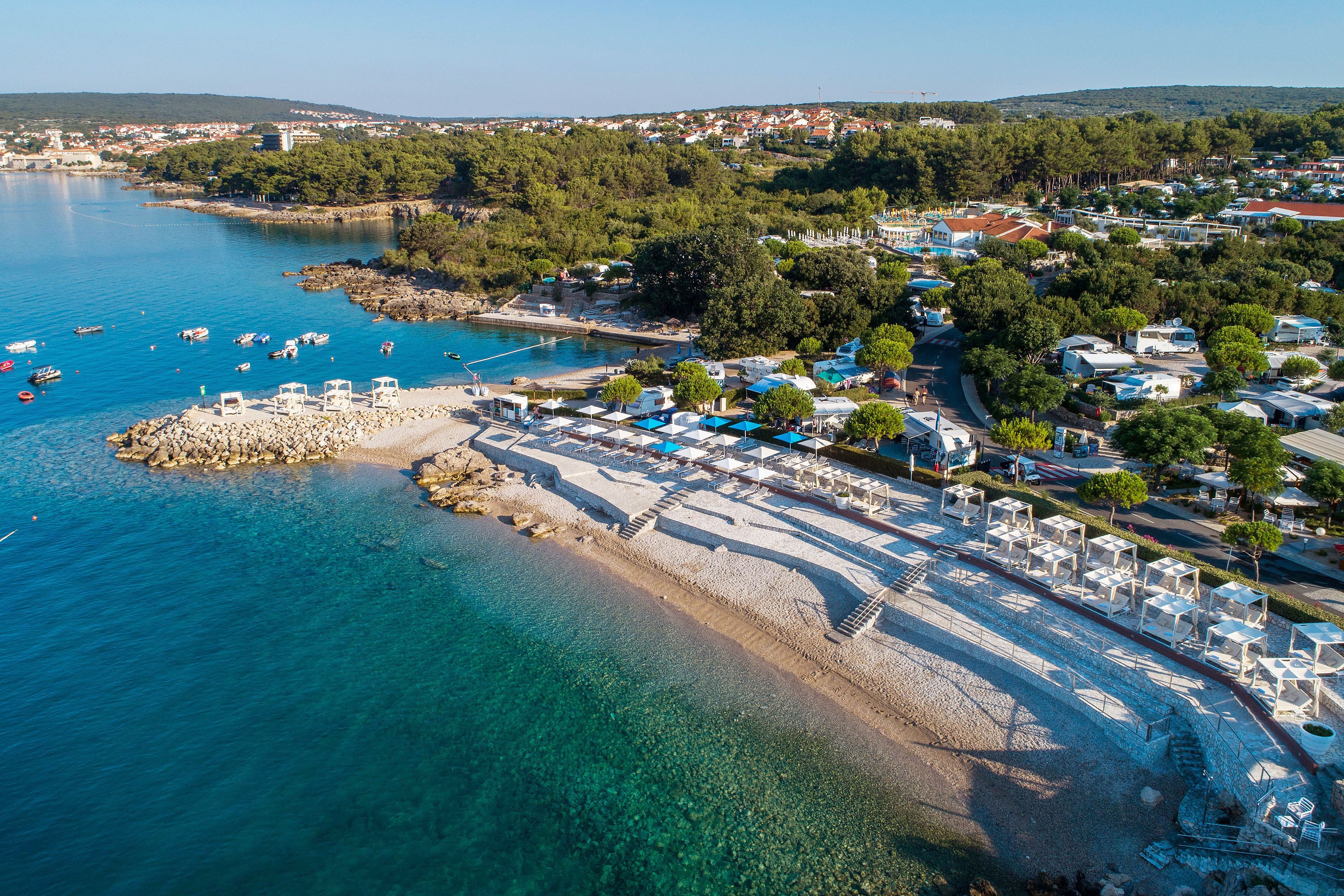

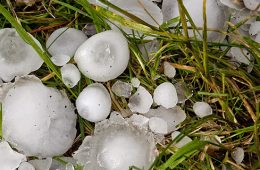

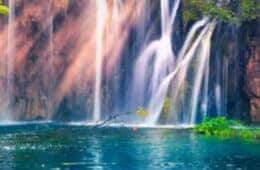





Latest comments